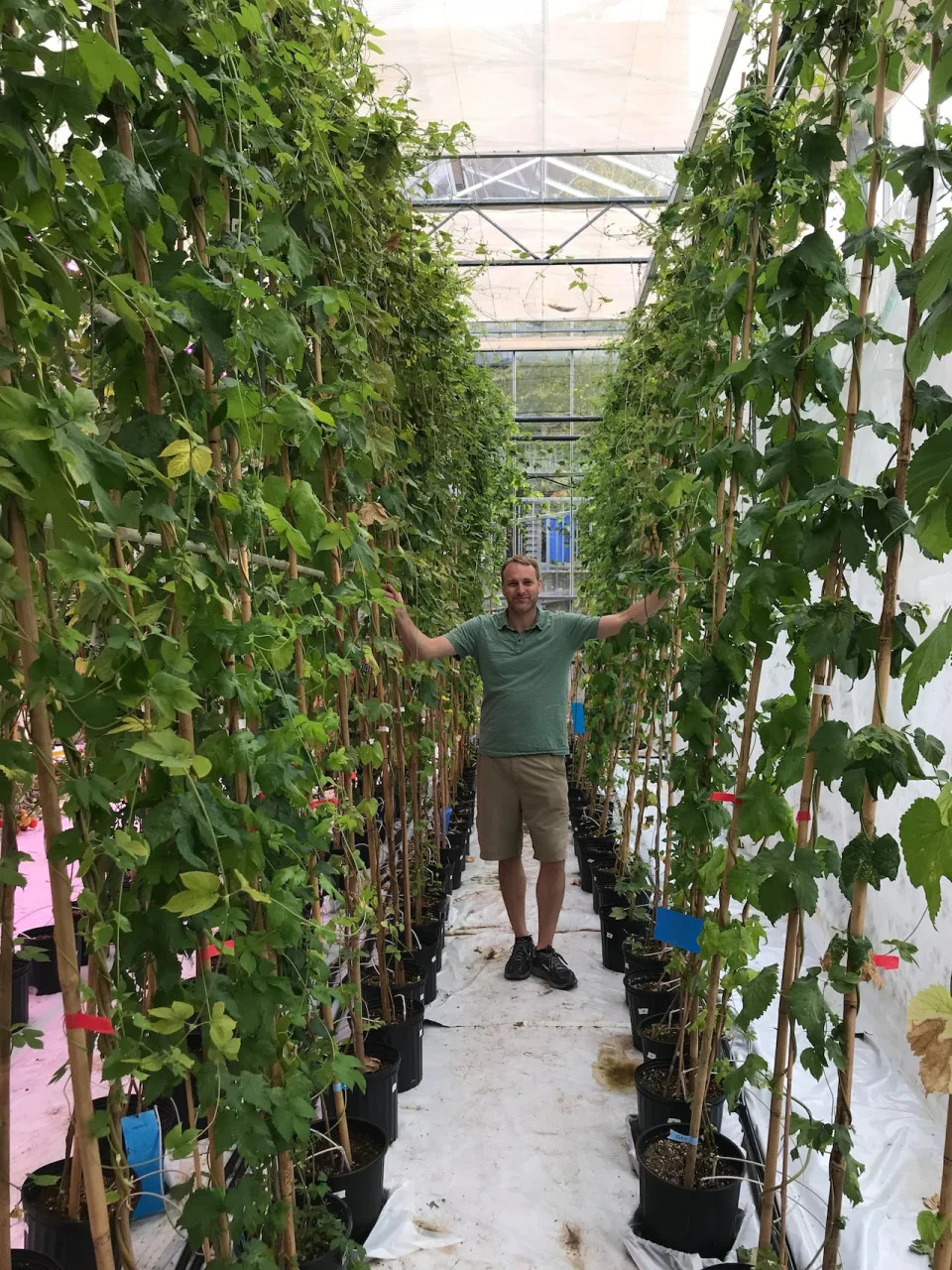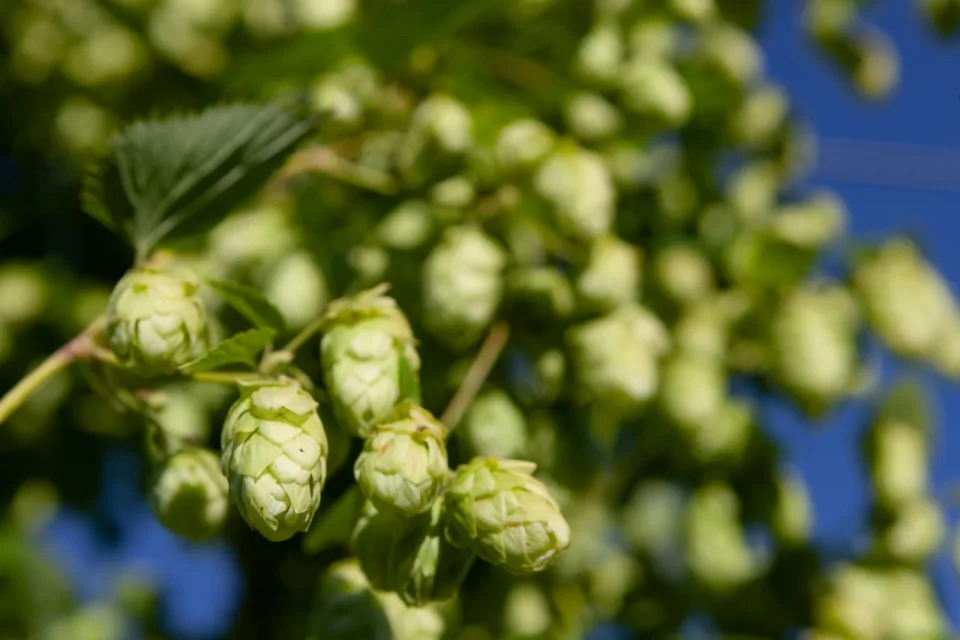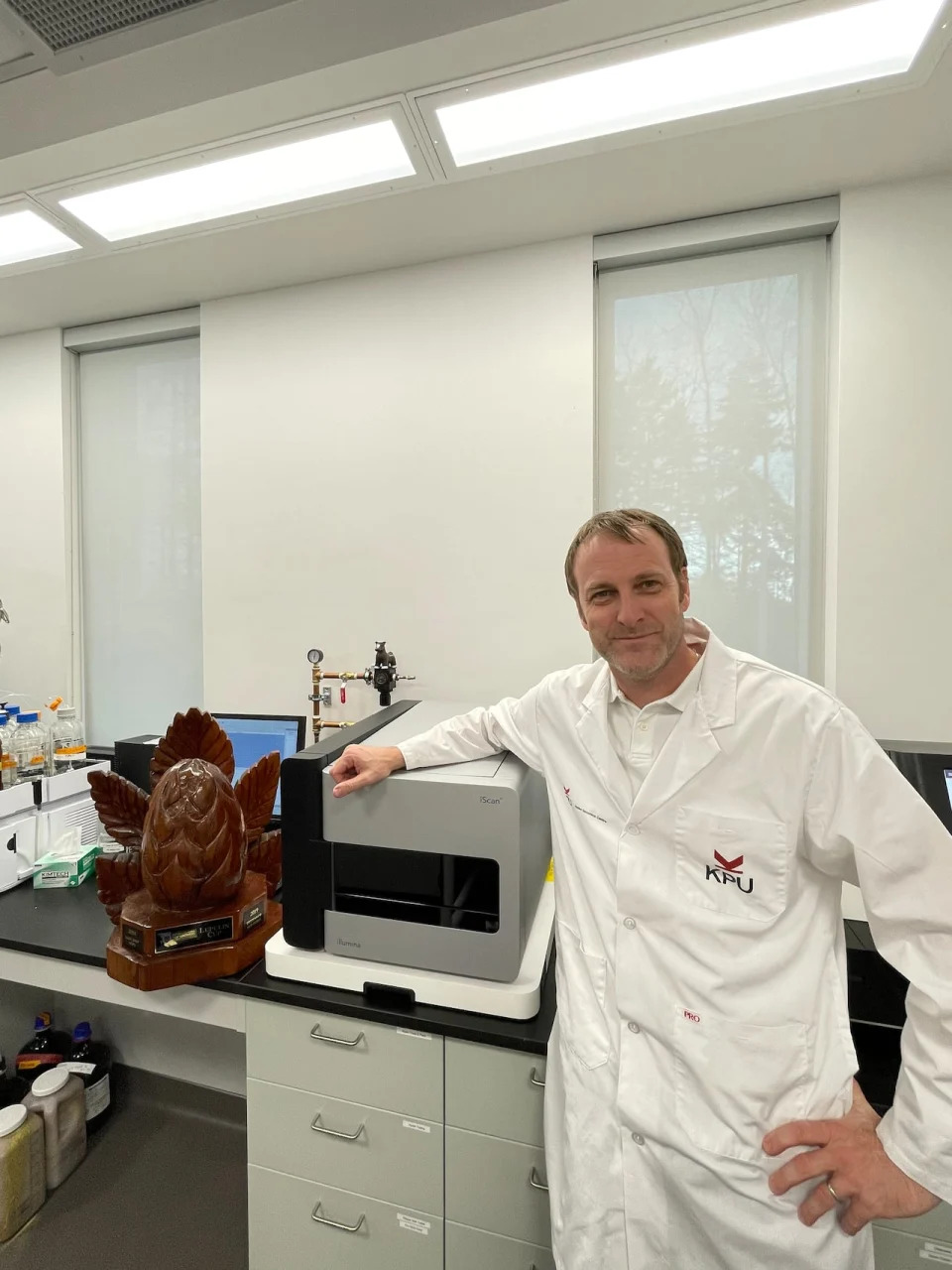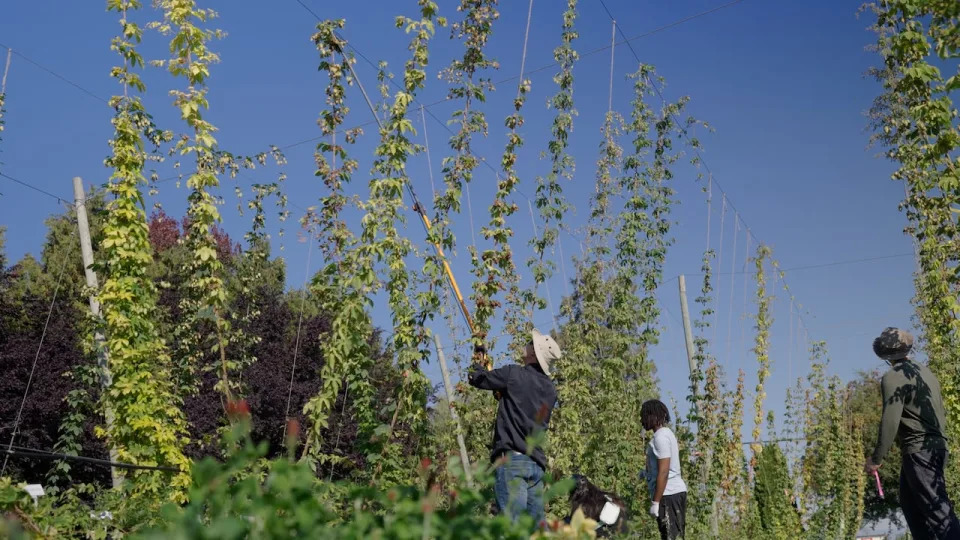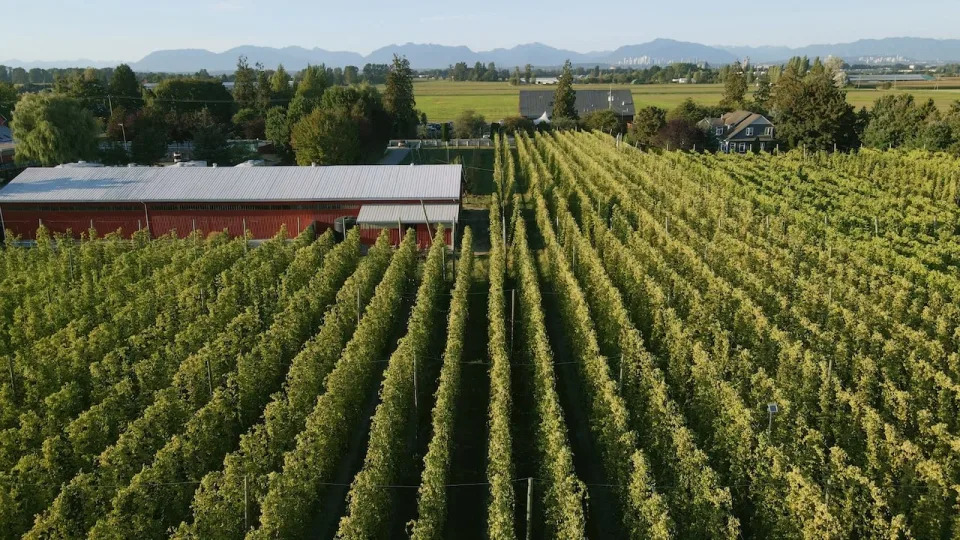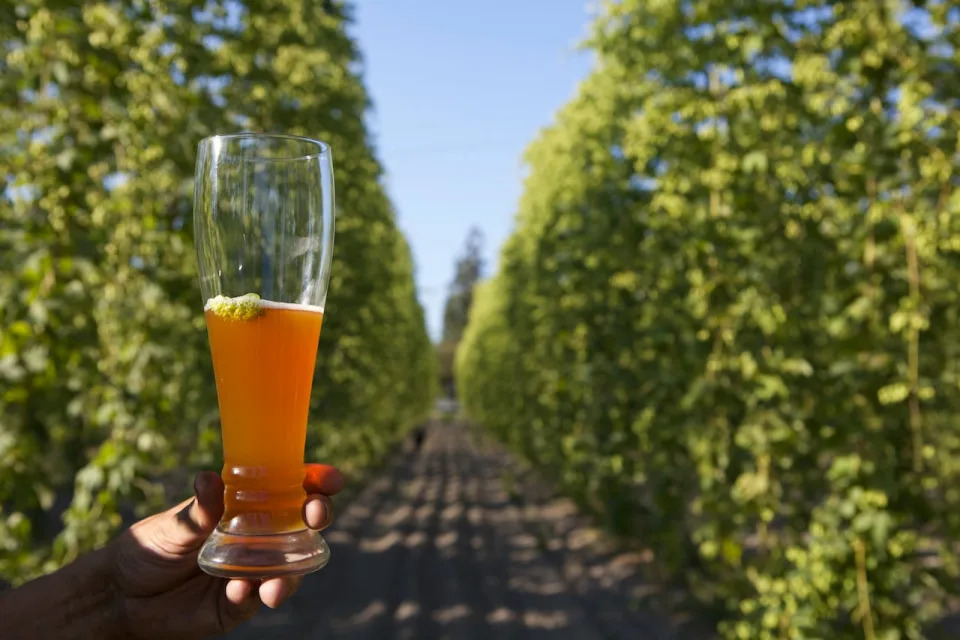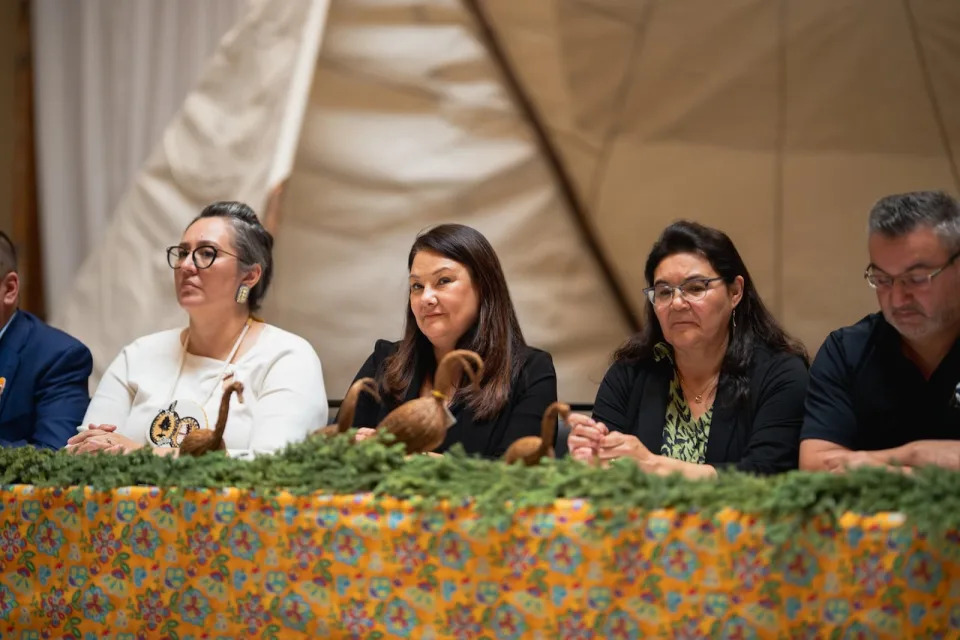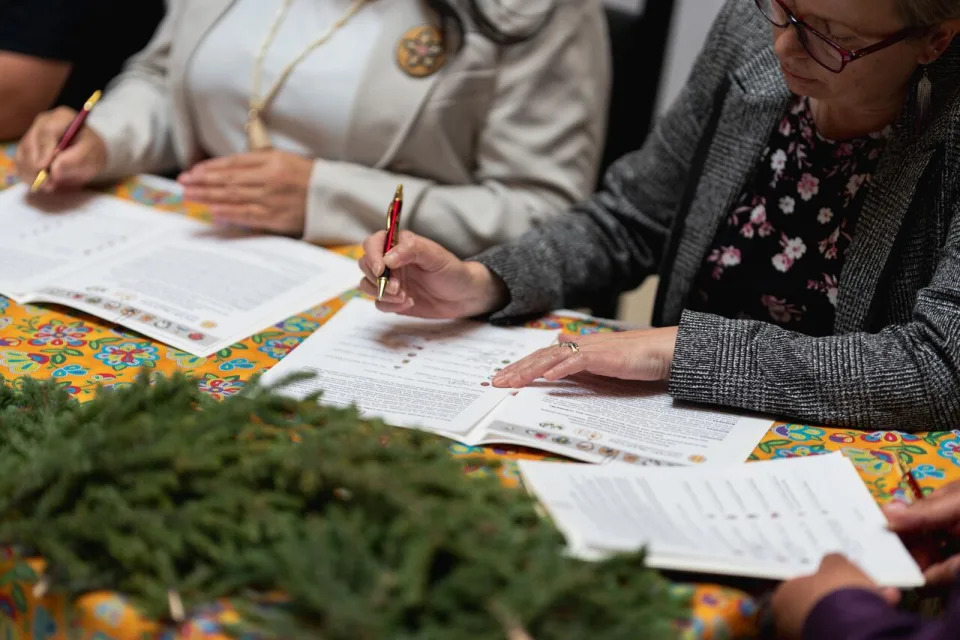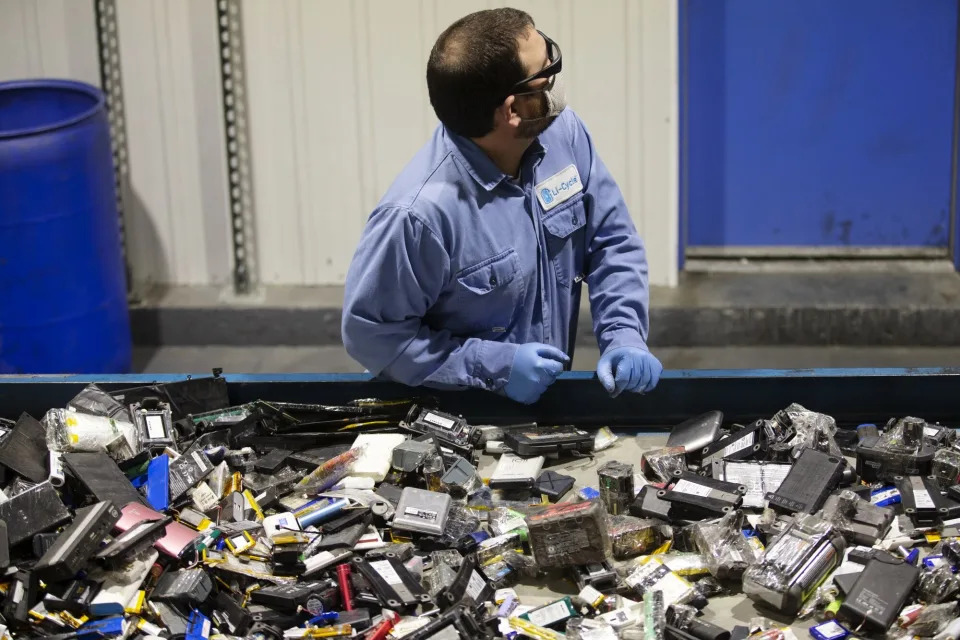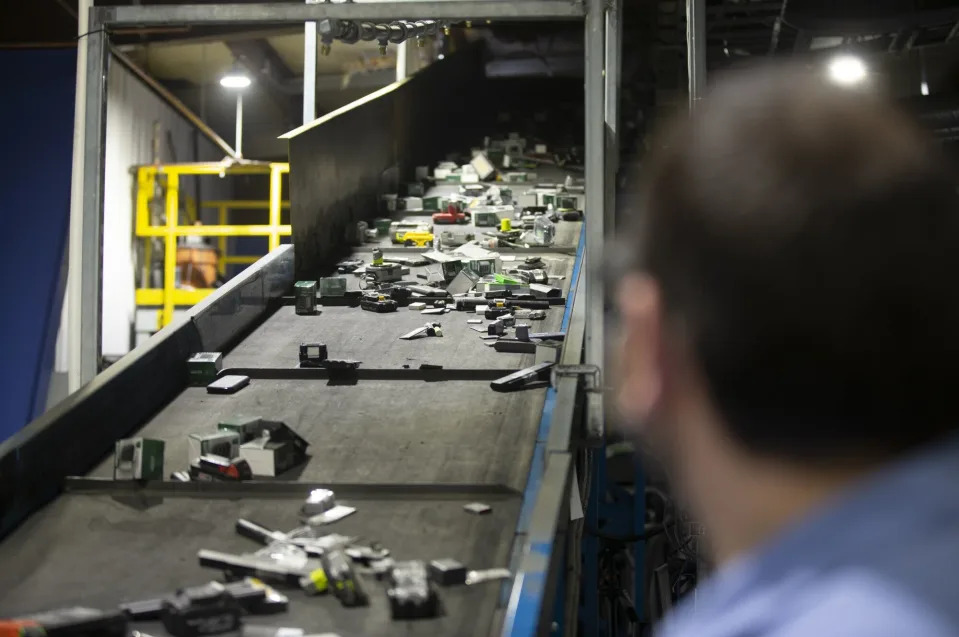Jonathan Leake
Mon, 23 October 2023
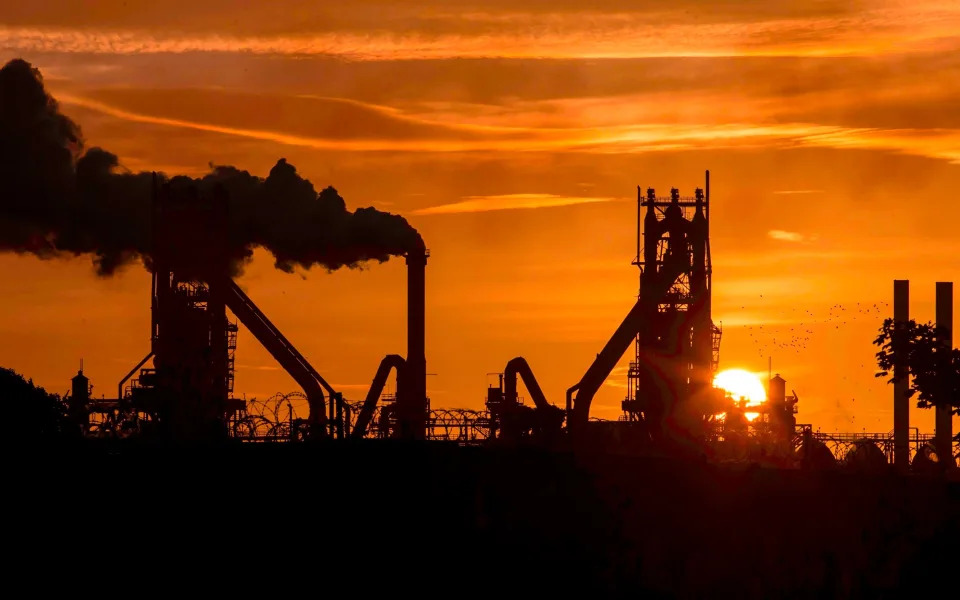
British Steel's plant in Scunthorpe, north Lincolnshire - LINDSEY PARNABY/AFP
Labour wants to build hydrogen-powered factories that produce green steel as part of Sir Keir Starmer’s plans to invest £3bn in the sector if he wins the next election.
This forms part of the Labour leader’s pledge for Britain’s steel industry to be “the future, not the past”, as he said he will “back, not abandon” steelworkers.
Labour’s bid for hydrogen-powered steel will mean Britain could make so-called green steel from scratch, rather than recycling old scrap.
Details of the £3bn plan follow revelations that 2,000 jobs may go at British Steel’s Scunthorpe plant.
Mr Starmer made his announcement during a visit to Tata’s giant Port Talbot plant in South Wales on Monday, as he said he wants the UK to retain its steelmaking industry and become a world leader in “green steel production”.
He said: “We have ambitious plans for the steel industry. We see this as the future, not the past. That requires strategic thinking about our economy. We want to go to clean power, that will bring down energy costs.”
The Government last month announced it will pump up to £500m into Port Talbot as part of plans to produce “greener” steel. Tata employs 8,000 people, 4,000 at Port Talbot. Up to 3,000 jobs could eventually be lost.
Over the weekend it was reported that Jingye Group, the Chinese owners of British Steel, want a similar deal, seeking an estimated £300m to help switch its Scunthorpe plant’s coke-fired blast furnaces to electric arc versions, which can run on zero-carbon electricity.
However, British Steel is drawing up plans to cut up to 2,000 workers as it grapples with losses of up to £30m a month, the Sunday Times first reported.
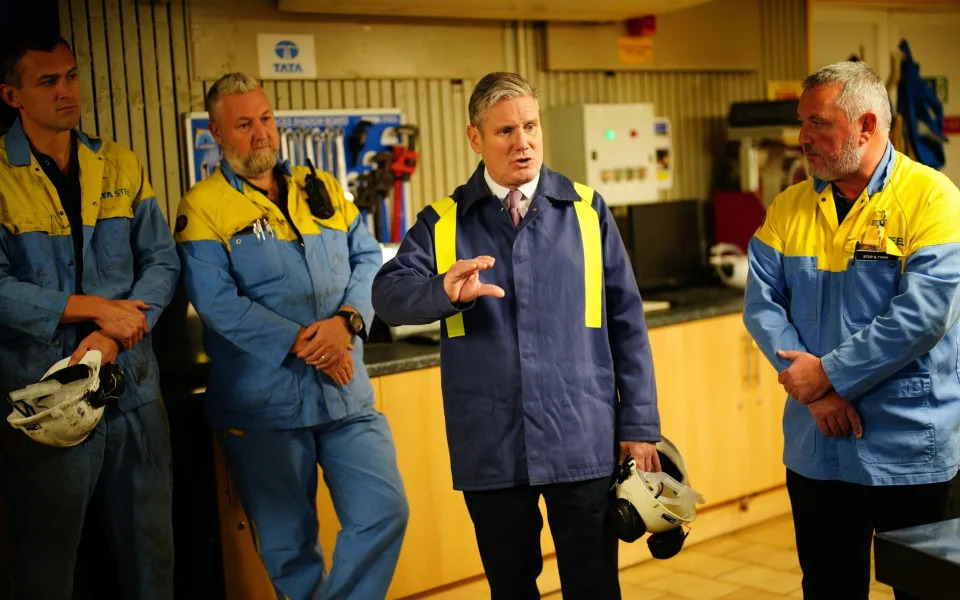
Keir Starmer reaffirmed his party's commitment to the steel industry during a visit to Tata’s Port Talbot steelworks - Ben Birchall/PA Wire
Sir Keir met with representatives of the three main steelworkers’ unions – Community, GMB and Unite – during his visit to Port Talbot.
He said: “If we are able to put in place our mission for clean power 2030, that will require more steel – and therefore we want the demand for steel to go up.
“Of course, we need to transition to green steel. But we must do this transition very carefully, protecting the jobs and the skills and the history that we have here in South Wales. Connecting and bridging that to the future, which is green steel.
“So, we have been having productive discussions this morning about what I think will be a very bright future for steel. But only with strategic thinking around it.”
A government spokesperson confirmed it was already in negotiations with Jingye, and said: “Our commitment to the UK steel sector is clear, including announcing a major package of support on energy costs and government financing to enable greener steel production by Tata Steel at Port Talbot.
“We continue to work closely with industry, including British Steel, to secure a sustainable and competitive future for the UK steel industry.”
British Steel’s headquarters are based at the 2,000-acre Scunthorpe site in Lincolnshire, along with its main iron and steelmaking operations. Its four blast furnaces produce about three million tonnes of steel a year – about half the UK total.
It also has rolling mills in Teesside and Skinningrove in the UK and in Alblasserdam in the Netherlands.
A British Steel spokesman said it was committed to transforming British Steel into a “green and sustainable company”. He added: “As part of our journey to net zero, it is prudent to evaluate different operational scenarios.”
British steel ‘the future, not the past’, Keir Starmer vows during Port Talbot visit
David Hughes and Dominic McGrath
Mon, 23 October 2023

SIR Keir Starmer said that he had “productive” talks during a visit to Port Talbot, as he promised to make the UK a world leader in clean green steel.
The Labour leader visited Tata’s giant Port Talbot plant, promising that the industry was “the future, not the past”.
Tata also runs sites in Llanwern and Caerphilly.
Sir Keir, who was meeting with representatives of the three main steelworkers’ unions – Community, GMB and Unite – during his visit, made the vow as the industry faces job cuts as part of the drive to lower emissions.
He has made delivering clean power by 2030 one of his five missions for a Labour government.
“We have ambitious plans for the steel industry. We see this as the future, not the past. That requires strategic thinking about our economy. We want to go to clean power, that will bring down energy costs,” Sir Keir said.
He added: “If we are able to put in place our mission for clean power 2030, that will require more steel – and therefore we want the demand for steel to go up. Of course, we need to transition to green steel. But we must do this transition very carefully, protecting the jobs and the skills and the history that we have here in South Wales. Connecting and bridging that to the future, which is green steel.
“We have been having productive discussions this morning about what I think will be a very bright future for steel. But only with strategic thinking around it.”
The UK Government last month announced it will pump up to £500 million into Port Talbot as part of plans to produce “greener” steel – but as many as 3,000 jobs could be lost.
The taxpayer funding will help switch the plant’s two coal-fired blast furnaces to electric arc versions, which can run on zero-carbon electricity.
The firm, which employs around 8,000 people across the UK, will also invest about £750 million in the project.
Electric arc furnaces (EAF) are mainly used to melt scrap metal for conversion into new products, while blast furnaces are used to create steel from iron ore and coke.
Around 2,000 jobs are also reportedly at risk at Scunthorpe-based British Steel, according to the Sunday Times, although final decisions have not been made.
A UK Government spokesman said: “Our commitment to the UK steel sector is clear, including announcing a major package of support on energy costs and recent Government financing to enable greener steel production by Tata Steel at Port Talbot.
“We continue to work closely with industry, including British Steel, to secure a sustainable and competitive future for the UK steel industry.”
A Labour spokesman said: “We’ll invest in the communities that are at the heart of the future by investing £3 billion over a decade to greening steel across the UK, from Port Talbot, to Rutherglen, to Scunthorpe.
“Our long-term plan for steel will see a 10-year commitment to invest in the new green technologies we need to keep UK steel competitive, ensure jobs stay in the UK and reduce our carbon emissions.
“That’s the difference between Labour and the Conservatives, they lurch from crisis to crisis while Labour has a plan for a decade of national renewal.”
Community’s general secretary Roy Rickhuss said: “It is clear that Labour is on the side of steelworkers, and we need a Keir Starmer-led Labour government that will deliver the investment needed for our industry to thrive.
“After three years of discussions, the deal that Tata and the UK Government have cooked up – with no input from the unions – is a botched plan for decarbonisation on the cheap.”
He called for a “long, robust consultation” on the plan with the chance for the union to put forward alternative proposals, adding that “we will do everything in our power to support our members and all options should be on the table”.
The Unite union called for Sir Keir to back its plan for the industry, which includes a £12 billion, 12-year phased transition to green steel and changes to procurement rules to allow public contracts to use 100 per cent British metal.
Unite general secretary Sharon Graham said: “Port Talbot can remain at the centre of a vibrant UK steel industry if Keir Starmer commits a future Labour government to supporting Unite’s plan for steel.
“Unite’s workers’ plan for steel shows politicians have the opportunity to make the UK a world leader in steel production – we will be doing everything in our power to make sure they grasp it.”
Labour promises UK steel industry will be ‘backed not abandoned’
David Hughes, PA Political Editor
Sun, 22 October 2023
The UK can be a world leader in clean steel production, Labour vowed as the industry faces painful job cuts as part of the drive to lower emissions.
Sir Keir Starmer will visit Tata’s giant Port Talbot plant in South Wales where he will promise the UK’s steelmakers are “backed, not abandoned”.
The Government last month announced it will pump up to £500 million into Port Talbot as part of plans to produce “greener” steel – but as many as 3,000 jobs could be lost.
The taxpayer funding will help switch the plant’s two coal-fired blast furnaces to electric arc versions, which can run on zero-carbon electricity.

Labour leader Sir Keir Starmer is set to visit Port Talbot (Stefan Rousseau/PA)
The firm, which employs around 8,000 people across the UK, will also invest about £750 million in the project.
Electric arc furnaces (EAF) are mainly used to melt scrap metal for conversion into new products, while blast furnaces are used to create steel from iron ore and coke.
Around 2,000 jobs are also reportedly at risk at Scunthorpe-based British Steel, according to the Sunday Times, although final decisions have not been made.
A Government spokesman said: “Our commitment to the UK steel sector is clear, including announcing a major package of support on energy costs and recent Government financing to enable greener steel production by Tata Steel at Port Talbot.
“We continue to work closely with industry, including British Steel, to secure a sustainable and competitive future for the UK steel industry.”
Sir Keir is expected to meet representatives of the three main steelworkers’ unions – Community, GMB and Unite – during his visit to Port Talbot.
A Labour spokesman said: “The UK can be a world leader in clean steel and our long-term programme of investment will safeguard jobs and help us lead the pack, not lag behind our competitors.
“Labour won’t stand aside. We will ensure the UK’s steel industry is backed, not abandoned.
“We’ll invest in the communities that are at the heart of the future by investing £3 billion over a decade to greening steel across the UK, from Port Talbot, to Rutherglen, to Scunthorpe.
“Our long-term plan for steel will see a 10-year commitment to invest in the new green technologies we need to keep UK steel competitive, ensure jobs stay in the UK and reduce our carbon emissions.
“That’s the difference between Labour and the Conservatives, they lurch from crisis to crisis while Labour has a plan for a decade of national renewal.”
Community’s general secretary Roy Rickhuss said: “It is clear that Labour is on the side of steelworkers, and we need a Keir Starmer-led Labour government that will deliver the investment needed for our industry to thrive.
“After three years of discussions, the deal that Tata and the UK Government have cooked up – with no input from the unions – is a botched plan for decarbonisation on the cheap.”
He called for a “long, robust consultation” on the plan with the chance for the union to put forward alternative proposals, adding that “we will do everything in our power to support our members and all options should be on the table”.
The Unite union called for Sir Keir to back its plan for the industry, which includes a £12 billion, 12-year phased transition to green steel and changes to procurement rules to allow public contracts to use 100% British metal.
Unite general secretary Sharon Graham said: “Port Talbot can remain at the centre of a vibrant UK steel industry if Keir Starmer commits a future Labour government to supporting Unite’s plan for steel.
“Unite’s workers’ plan for steel shows politicians have the opportunity to make the UK a world leader in steel production – we will be doing everything in our power to make sure they grasp it.”



